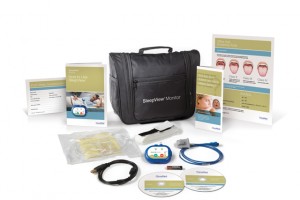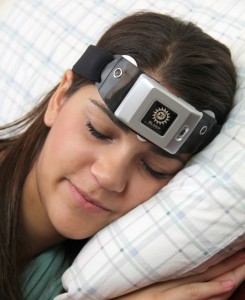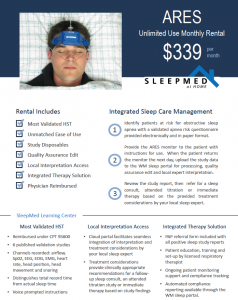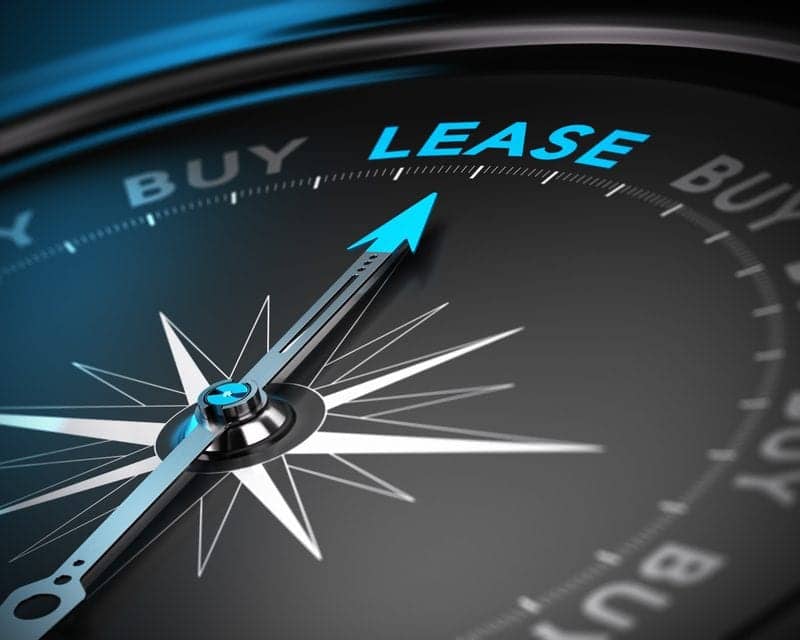Sleep physicians and sleep centers see appealing advantages to financing needed equipment.
About 62% of all medical equipment acquisitions are financed, many via leases, according to the Equipment Leasing & Finance Foundation. The rest are cash purchases. If you’re in need of new sleep equipment, such as in-lab polysomnography equipment or home sleep testing (HST) devices, there are several compelling reasons for you to join the medical professionals who choose leasing over purchasing.
Medical equipment has historically been the number-one equipment type leased, according to the Equipment Leasing and Finance Association (ELFA). However, after being first for 8 consecutive years, medical equipment fell to number 8 on ELFA’s annual What’s Hot list, due to unknowns associated with the Affordable Care Act. “This year the uncertainty with healthcare legislation has caused some companies to maximize the value of their current equipment and postpone new equipment acquisition,” says Bill Choi, vice president of research and industry services at the ELFA.
According to a May 2014 publication of the Equipment Leasing & Finance Foundation (the EFLA’s research affiliate), investment in medical equipment increased 4.8% at an annualized rate in the first quarter of 2014 and is now up 3.7% year-over-year. Growth in medical equipment investment will level off over the next 3 to 6 months, the index suggests.
For the purposes of this article, “equipment finance” refers to everything that isn’t a purchase, including both rentals and leases. Many of the benefits of equipment financing apply to both rentals and leases. However, there are some differences. Rentals are generally for shorter terms than leases. Leases sometimes require larger minimum dollar amounts than rentals. In sleep, other payment methods also exist, including pay-per-use options. Ask the manufacturer or leasing company from which you are interested in financing to outline their different options.
Try Before You Buy

CleveMed’s rental program for the SleepView home sleep testing device includes unlimited study kits (disposable supplies) and use of the web portal software.
Many sleep practices are feeling pressure to incorporate HST but are uncertain as to the volume of patients who will actually go that screening route. “We have more rental customers now compared to a year ago. We have seen growth from customers who have not done home testing before and chose to rent as an easy way to start home sleep testing,” says Sarah Weimer, director of sleep products at CleveMed. CleveMed launched its SleepView home sleep test rental program in late 2012. Currently, about 20% of its new customers choose to rent, versus purchase, their devices.
“We have had several customers start their home sleep testing business with one or two devices. As the demand for more devices grows, they add additional devices. Since they are already established customers and the rental terms are in place, an order for additional systems can be sent out right away,” Weimer says.
Andre Puleo, senior product and marketing manager, respiratory diagnostics at CareFusion, says sleep centers in rural markets may want to do a trial run with HST via an equipment financing program. “It’s a good way to do a trial without committing,” Puleo says. CareFusion has such programs for the NoxT3 home sleep test and for the Somnostar in-lab PSG.
Renting or leasing sleep equipment also provides an opportunity to try different manufacturers’ devices before deciding which one works best for your practice.
Daniel Levendowski, president and CEO of Advanced Brain Monitoring, says a rental program can also be a viable way for a practice to try out a new device it is interested in before the device has established reimbursement. “We included a rental program when we launched Sleep Profiler (SP). We wanted to provide an option that lowers the financial risk for market entry while awaiting for the SP reimbursement patterns to be established,” Levendowski says.
There are downsides to starting a new offering via a financing program. Puleo says, “The rental money adds up. If you’re launching a program for the long haul, it’s better to buy.” He adds that you may be able to get a volume discount if you opt to purchase your equipment.
Easier Approvals

In Advanced Brain Monitoring’s Sleep Profile rental program, the first 3 months are paid in advance, and there is a refurbishing fee if the rental agreement is terminated prior to the end of 24 months.
If you work in a hospital or other large facility, you may find yourself going through an arduous process to get capital purchases approved. You’ll likely encounter an easier process to have a rental approved. Many times rentals and leases fall under an operating budget, which can be approved by a department head.
Rentals and leases also offer easier approvals on another level—the credit check level—whereas when applying for a bank loan, many different facets of your practice’s financial state may need to be disclosed. But “renting equipment has the lowest requirements,” Weimer says. “CleveMed requires rental customers to pre-pay the first quarter’s rent. It is usually paid by credit card. Leasing is done by manufacturers or leasing companies that specialize in medical equipment.”
Go with the Cash Flow
Equipment financing is better than purchasing with regard to immediate cash flow. “Leasing or renting helps with cash flow because a business can start using the equipment to make money while they pay for the equipment,” Weimer says. She adds that it also manages cash flow because you won’t have equipment on hand that you’re not ready to use yet.
And having that extra cash can be put to good use. “Holding on to cash, or working capital, enables it to be used for other areas of the business, such as expansion, improvements, marketing, or R&D,” says ELFA’s Choi. “Equipment financing can even hedge against inflation because instead of paying the total cost of equipment up front or with a large down payment in today’s dollars, the stream of payments delays the outlay of funds.”
Worry-Free Maintenance
It’s always frustrating when equipment fails, but, generally, rented and leased equipment provides you with some reprieve from maintenance costs. Anna Son, a lead business research analyst at IBIS World (which published the report Medical Equipment Rental, March 2014), says, “Medical equipment rental entails fewer maintenance responsibilities, and the company that owns the medical equipment is responsible for providing regular maintenance services.”
CleveMed’s Weimer says, “Rented equipment is treated as in warranty so the manufacturer will provide updates that are made throughout the rental term. Many customers like this peace of mind.”
Stay Up to Date
Sleep hardware doesn’t go obsolete as quickly as do some devices in other medical specialties (and sleep software can be upgraded whether you finance or own), but it may still be advantageous to have access to the latest equipment in your sleep center via an equipment financing solution. “To be on the cutting edge and be competitive, businesses need access to new technology. Certain leasing finance programs allow for technology upgrades and/or replacements within the term of the lease contract,” Choi says. “Also, since the lessor owns the equipment, it bears the risk of the equipment becoming obsolete.”
You can also get rid of the equipment when you want (within reason—you may pay a penalty if you break the lease early), instead of holding onto it for years to squeeze every last test out of it.
Tax Benefits

“Our goal is to eliminate as many objections as we can and help the physician obtain a home sleep testing device so they can start diagnosing this highly underserved sleep disorder,” says Charlie Alvarez of SleepMed’s ARES rental program.
“There are tax advantages to both renting or purchasing,” says Charlie Alvarez, executive vice president, sales & marketing at SleepMed, which offers a rental program for the ARES home sleep test device. A majority of SleepMed’s ARES placements are rented (about 70%) versus purchased. “Physicians should check with their accountants,” Alvarez advises, to find out which equipment tax breaks you qualify for.
Rent to Own
If you’re interested in starting out with a financed product, you may still be able to own the product in the future, potentially snagging the best of both worlds. At CleveMed, Weimer says, “We allow rental customers to convert to a purchase with a discount based on the rental term. Some customers start renting so they can begin home testing quickly and convert to a purchase when finances are available or after becoming comfortable with the product.”
Levendowski says, “We found that those who choose to rent may regret their decision once they obtain explanation of benefits and recognize how much more they pay over 2 years by renting versus an outright purchase. So we added a purchase conversion to our rental plan whereby most of the initial rental payments are applied to the purchase price.”
Ultimately, there are pros and cons to both financing and purchasing. As Alvarez says, “It really becomes the preference of the physician on whether they rent or own.” Simply do your research and escape buyers’—or lessees’—remorse.
Sree Roy is editor of Sleep Review. Send comments and questions to [email protected].
Additional Information
This video from the Equipment Leasing and Finance Association provides 10 questions to ask before signing an equipment financing agreement.



